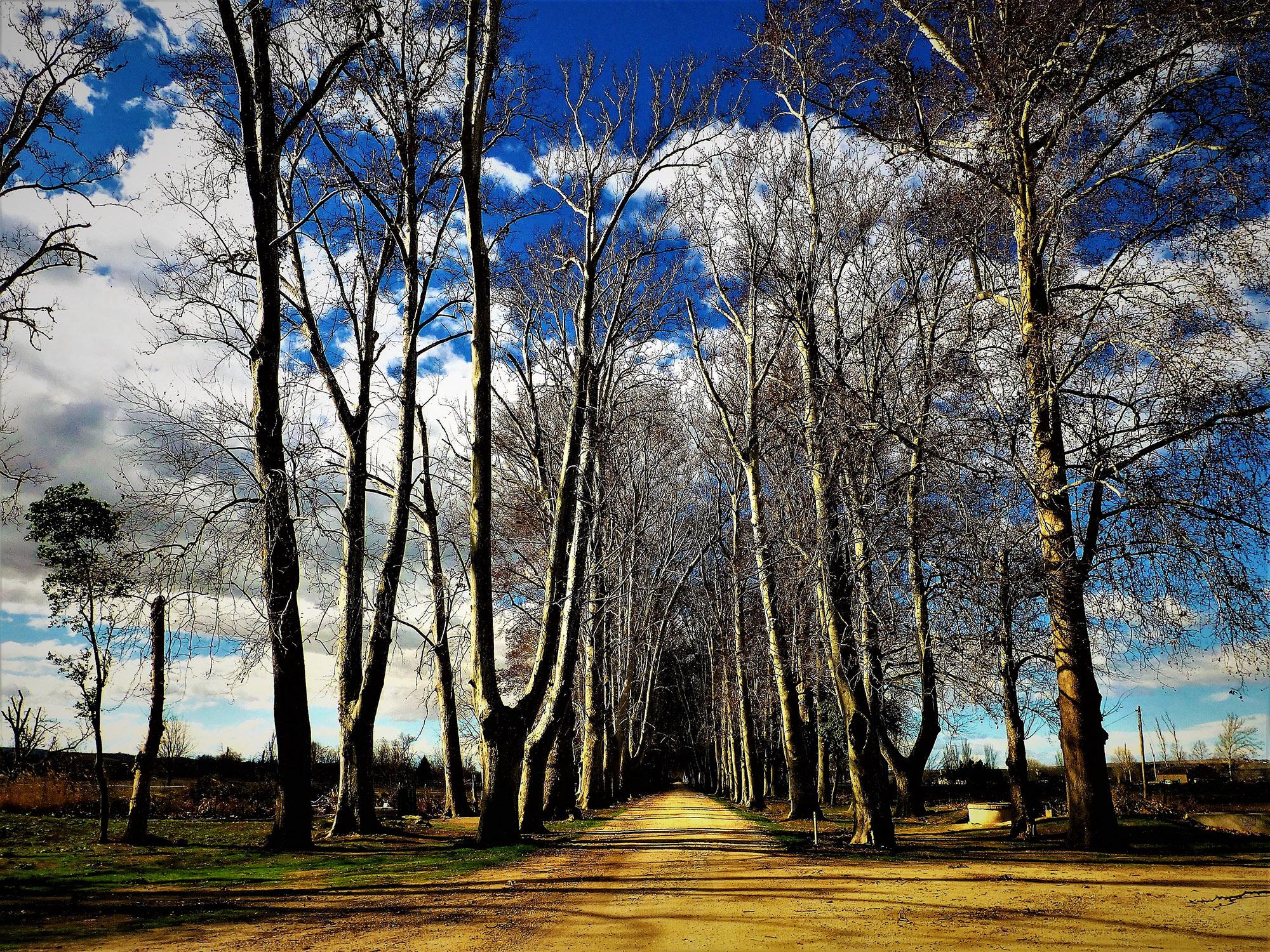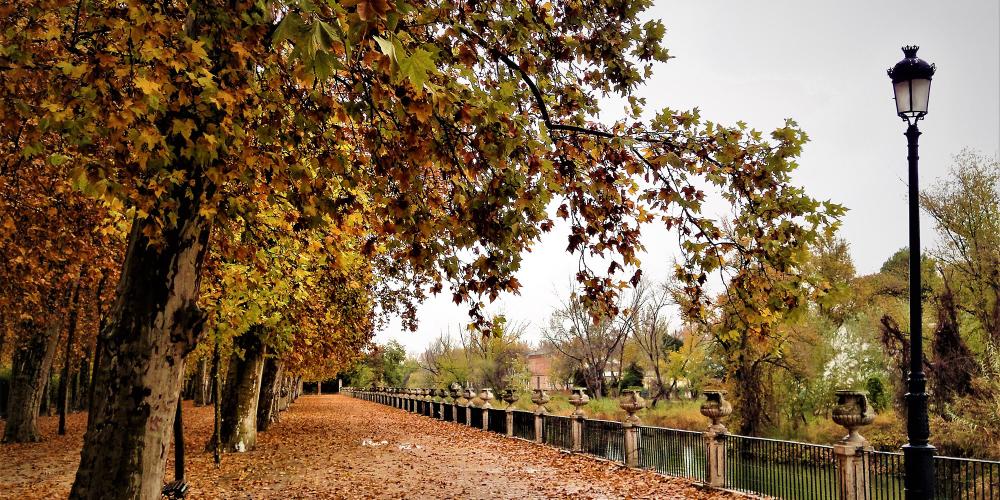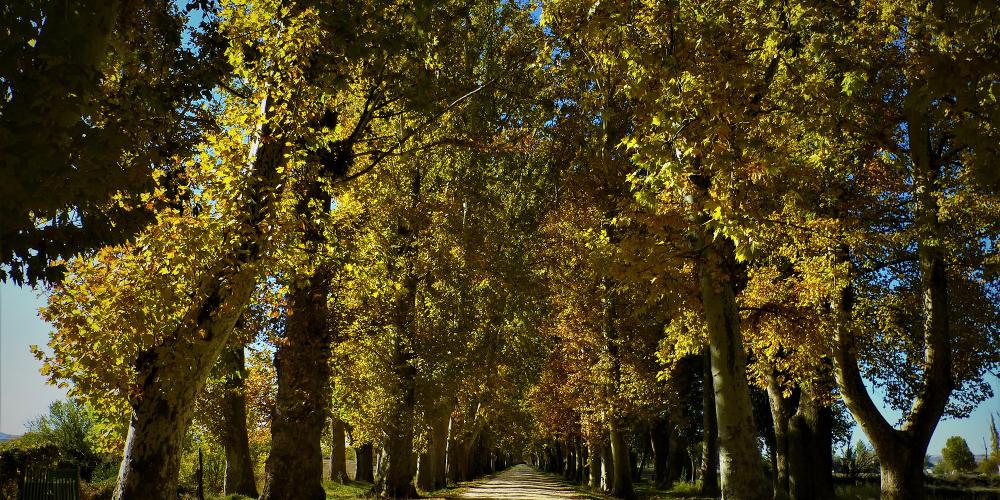Historical Groves and Orchards

The historic orchards are still cultivated today and the products of the orchards of Aranjuez are still famous today as varieties that, in their origin, were cultivated to please and entertain the Kings and their court. The tree-lined walks are the most singular and characteristic element of Aranjuez and can be found around the historic groves and orchards around the palace and urban area of Aranjuez. They are made up of a central road flanked on its margins by plantations of one to three alignments of trees.

Although initially the Walks were used as a way to beautify the accesses to the Royal Site by means of plantations in alignment, later they constituted the element that has structured the whole territory closest to the palatial nucleus, extending to the space occupied by orchards, meadows and forests a landscape architecture based on nature, replacing the urban facades by curtains of trees. This is how a geometric pattern was designed for walks that had multiple functions: separating cultivated lands, offering beautiful perspectives, making the courtiers' walks fresh and enjoyable, serving as access to certain areas, producing wood, etc..., but none of these functions alone justifies the enormous extension of tree-lined walks that extend for more than 30 kilometers.


